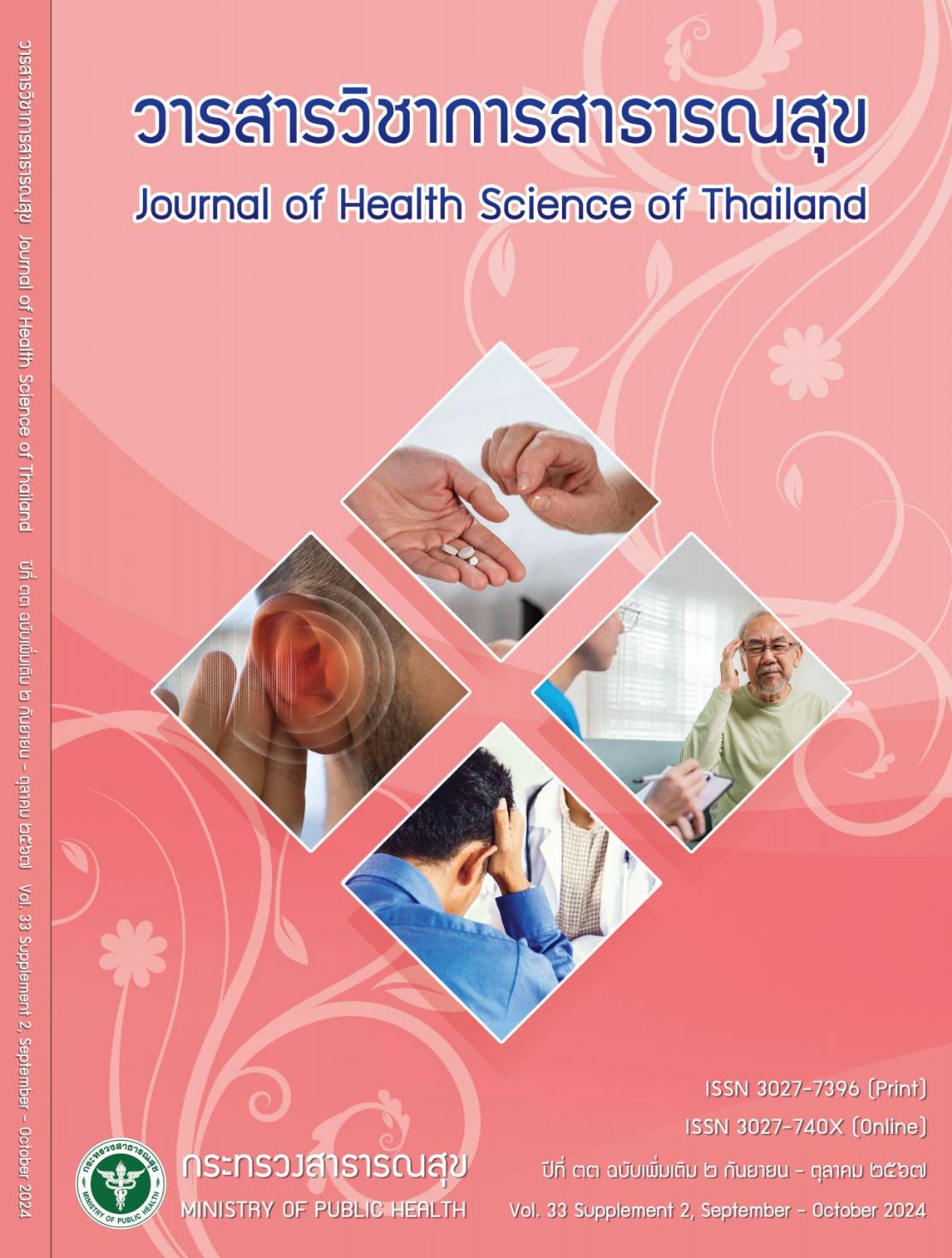Metformin-Associated Lactic Acidosis (MALA)
Keywords:
diabetes mellitus, metabolic acidosis, metformin, lactic acidosis, chronic kidney disease, renal failureAbstract
Metformin is a commonly used type 2 diabetes medication that is recommended as the first-line
treatment due to its benefits in reducing the risk of death from heart and blood vessel disease. It can be
used in combination with other blood sugar-lowering medications. However, a common side effect of
the drug is gastrointestinal symptoms, while a rare but serious emergency is metformin-associated lactic
acidosis (MALA), which can be life-threatening. MALA occurs due to metformin accumulation in the
body caused by reduced excretion or increased production of lactic acid. Urgent diagnosis and treatment
are required, including intensive care management, acid-base balance correction, electrolyte replacement,
and removal of metformin from the body, particularly by hemodialysis. The dosage of metformin should
be adjusted according to kidney function, and caution should be taken in patients at risk of developing
MALA. Patients should be advised to monitor for symptoms of MALA; and to stop taking the medication
immediately if such symptoms occur, seeking prompt medical attention.
Downloads
Downloads
Published
How to Cite
Issue
Section
License

This work is licensed under a Creative Commons Attribution-NonCommercial-NoDerivatives 4.0 International License.







